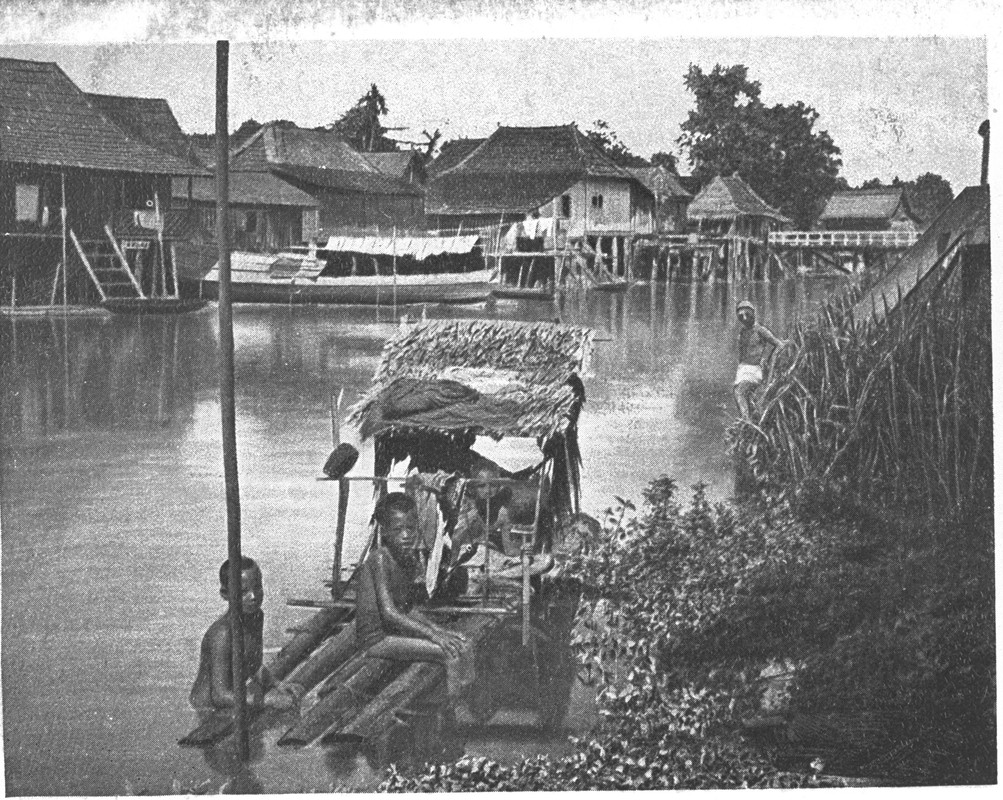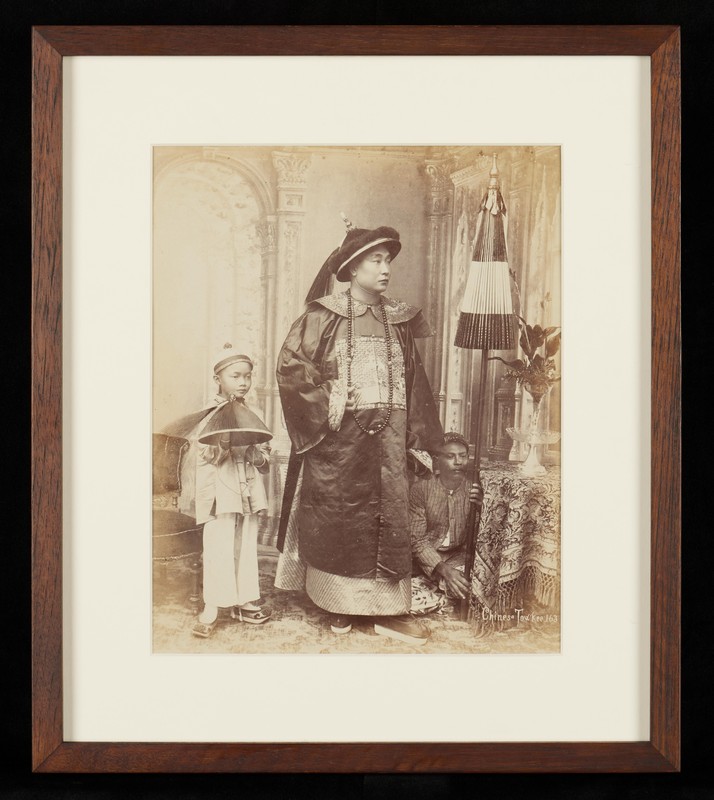新加坡闽帮的公共慈善事业
新加坡闽帮领袖投身本地的慈善公益活动,由来已久。其中,陈笃生(1798-1850)家族及陈金生(1805-1864)的贡献尤为重要。
贫民医院——陈笃生医院
据《陈笃生医院碑文》(1844)、《陈笃生医院缘起》(1845)和《陈笃生医院碑记》(1845)记载,如今新加坡的第二大急症综合医院——陈笃生医院,由祖籍福建漳州的陈笃生于1844年独资创办。
19世纪初期,新加坡的医疗设备尚不完善,各种疾病却不断侵袭贫困人民。据1845年9月23日《海峡时报》报道,当年新加坡华人有3万6000人,其中三分之一处于贫困线上,每年约有6000人挨饿,超过100人饿死、病死街头。作为闽帮侨领,陈笃生从1843年至1850年期间,为饿死街头、无法入殓的贫困人士提供了1032副棺木,总值西班牙银元1073元3分。


陈笃生医院就是在这背景下设立的。陈笃生率先捐出7000西班牙银元,于1844年在珍珠山创办贫民医院,1861年医院迁至实笼岗路(广惠肇留医院现址)。1909年4月21日,医院再迁至摩绵路一带现址直至今日。2001年,陈温祥(1909-1991)之子陈柔浩(陈笃生第五代裔孙)捐10万元在院内设立陈笃生医院历史博物馆,展示陈笃生医院的历史,以志永远。陈笃生医院如今已发展为一所大型综合性医院。从19世纪的贫病乞丐到当今的爱之病患者、各式传染病患者,陈笃生医院历来以各种方式照顾与服务社会受歧视群体。
生于马六甲的陈笃生是乐善好施的闽帮领袖。他早年南下新加坡时已有一定的经济基础,在1840年代,已是大出入口商,拥有商船,业务网络遍布东南亚、欧洲、印度和中国。陈笃生的儿子陈金钟(1829-1892)的商业版图更加庞大,尤其是他将泰国大米引入本地及转售外地。陈金钟不仅拥有显著的社会及政治影响力,也继承其父陈笃生热心慈善公益的精神,继续出资3000元叻币修葺医院,为医院增添医疗设备与新病房,扩建和改善贫民医院的设施。陈金钟继承父志,亦是著名侨领,受邀参与立法议会和市政委员会,协助英国殖民政府策划与管理新加坡的发展建设。
解决供水问题
另一方面,在新加坡开埠之初,人民的日常用水都取自井水,本地供水短缺的问题也常成为民众的困扰。1845年11月,陈笃生向殖民地政府倡议建造两个水箱,方便一般人使用。1846年3月19日《新加坡自由西报》正式报道,陈笃生与欧籍商人詹姆斯·史蒂芬联合捐款在大会堂(今旧禧街警察局)设两个水箱,完成此事。
10年后,即1857年,另一位来自马六甲的福建永春籍侨领陈金声更提出了改善人民的供水问题与生活品质,拨款1万3000元叻币予殖民政府发展当地的自来水供应系统。此后,新加坡人民便有了干净且便利的水源。饮水思源,政府为纪念陈金声的善举而建造了陈金声喷泉塔。至今,它仍矗立在新加坡滨海公园,见证这座城市日新月异的发展。

此外,陈金声也热心教育,创办了新加坡重要的闽人义学——崇文阁(1849-)与萃英书院(1854-1954)。随后崛起的陈嘉庚(1874-1961)亦为教育事业及公共慈善事业尽心尽力。早期的道南学校(1906-)、爱同学校(1912-)、崇福女校(今崇福学校,1915-)等都是陈嘉庚兴学的证明。陈嘉庚也曾亲自领导五次赈灾,分别是在天津、广东、闽粤地区的水灾筹赈和新加坡河水山火灾(1961)筹赈等。闽帮先贤热心公益,是新加坡发展史上不可或缺的组成部分。
| 1 | According to the Tan Tock Seng Hospital Inscription (1844), the Origins of Tan Tock Seng Hospital Inscription (1845), and another Tan Tock Seng Hospital Inscription (1845). |
丁荷生、许源泰编,《新加坡华文铭刻汇编:1819-1911》上下册。新加坡:新加坡国立大学出版社;桂林:广西师范大学出版社,2017。 | |
陈荆和、陈育崧编,《新加坡华文碑铭集录》。香港:香港中文大学,1972。 | |
柯木林、林孝胜、陈继廉,《家风传承:陈笃生家族史》。新加坡:八方文化创作室,2022。 |










